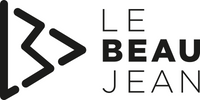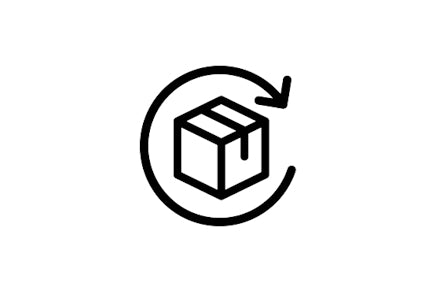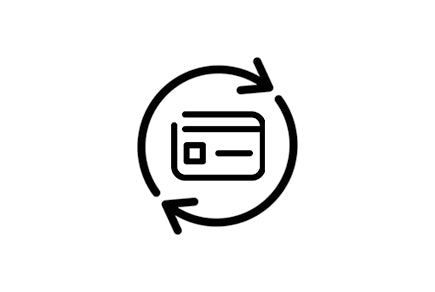If you open your wardrobe, you'll probably find a pair of chinos. And if not, you've probably already spotted some in stores. But what exactly are chinos? What are we talking about? A cut? A weave? A material? What is their origin? We'll try to shed some light on the subject.
A military origin
The first appearance of the chino dates back to 1848, during the colonial period. British troops were in Pakistan and occupied a large part of India.
British officers wore red wool jackets and white trousers. Soldiers, on the other hand, wore colored blouses and loose-fitting trousers. At that time, many people dyed their trousers using whatever was at hand, such as tea, coffee, or curry, to try to blend into the surroundings.

Their uniforms were not only flashy but also very warm because they were made of wool. A British officer, Sir Harry Lumsden, took matters into his own hands and created new trousers made of lightweight, durable cotton twill in natural shades, somewhere between khaki and beige.
From 1884 this uniform, the “khaki” as they called it, became the official uniform of the British troops.
And what about America?
On the other side of the Atlantic, twill trousers (a fabric characterized by its diagonal weave) appeared during the Spanish-American War in the 19th century.
The American army was already wearing khaki wool uniforms at the time, which were barely visible but kept soldiers very warm. Troops stationed in the Philippines at the time abandoned their wool socks for a less warm material found locally: cotton.

The Marines officially adopted this khaki uniform in 1902, as it was more comfortable in summer and tropical climates. All branches of the US military followed suit, starting with the air force. Pilots abandoned their white clothing, which was too often stained, to adopt the khaki-colored uniform. By the start of World War II, the entire US military was equipped with this new uniform.
Where does the word “chino” come from?
Originally, these new trousers, made of cotton twill, were also called “khaki” (meaning “ground color” in Hindi) because of their sandy color. Today the term “khaki” has given way to that of “chino,” used from the beginning by the American army.
At the beginning of the 20th century, British and American military uniforms were made in Manchester and Texas, respectively. Cotton fabric was imported from China. American soldiers called these pants “chinos,” which means “Chinese” in Spanish .

Now, when you see a pair of chinos in a store, you'll know what they're talking about. You can even show off your knowledge at your next cocktail party with friends!
Stay tuned, a next episode on these canvas pants is coming and you will learn even more 😉









